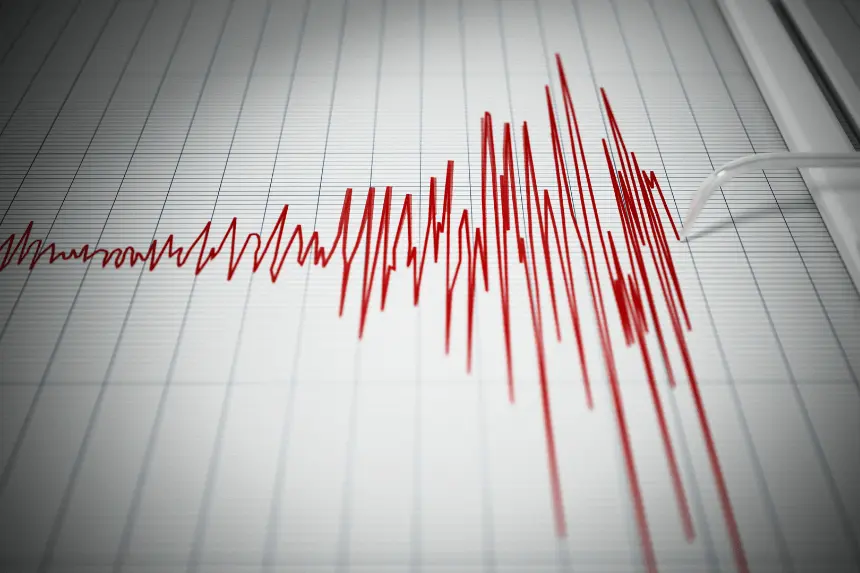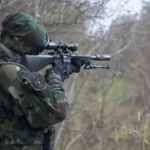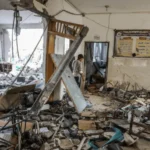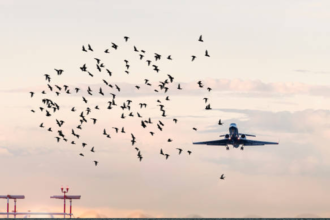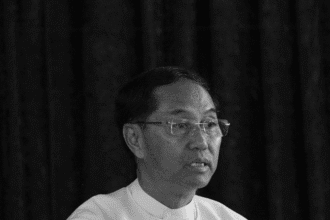More than 900 tremors have been recorded in the Tokara Island chain since June 21, the strongest of them being a magnitude of 5.5. The islands are located in the southern part of Japan under the Pacific Ring of Fire, where earthquakes occur frequently due to the limits of tectonic plates. But in the recent surge, the activity has been much higher than seasonal, and this has alarmed locals and authorities to make alerts. There have been no reported structural damages, and authorities are urging locals to prepare themselves through emergency packs and evacuation routes in case it intensifies.
- What consequences do Islanders face due to the unrest?
- Why Is the Infrastructure of the Tokara Insecure?
- What are Residents Saying about the Seismic?
- What have governments and Experts Responded To?
- Is Manga Prophecy creating panic?
- What Do the Lessons of Tokara Teach about National Preparedness?
- What Do Residents Do to Remain Prepared in a Chaotic Situation?
- What happens in case of a powerful quake that occurs near me?
- Are the Early Warning Systems of Japan Effective?
- What Are the National Officials Doing with This Event to Get Preparedness?
- What is the Role of Communication with the Public in Crisis Response?
- What Can Be Done to Keep Remote Communities Safe Into the Future?
- Final Thoughts
What consequences do Islanders face due to the unrest?
Life is disrupted in Tokara with its seven inhabited islands, where the population counts approximately 700 residentsEvery dayay life has revolved around the shaky tremors. One farmer indicated that he slept with one of his eyes open so that he could react as soon as the body started shaking. Older citizens confess that they are now experiencing the movement even on non-windy days. This lingering anxiety has caused a lack of energy, mental stress, and the precipitation of long-term psychological consequences. Mental health damage can be as serious as the physical danger of more powerful tremors. Here is the link to our article on a Strong Earthquake
Why Is the Infrastructure of the Tokara Insecure?
The Tokara Islands are out of the way, and they have inadequate infrastructure. Any medical attention also takes a six-hour ferry to Kagoshima. Life is primitive. Buildings and roads are not constructed to become resistant to recurring intense shaking. In reaction, some guesthouses have refused to receive the tourists to act as emergency shelters instead. The media was also asked to curtail some of the harassing interview requests by local authorities so that residents could prioritise safety instead of the sensational headlines.
What are Residents Saying about the Seismic?
Islanders tell of weird feelings before every quake. A low growling sound precedes the ground shaking, as many have documented hearing a mysterious roar out in the ocean. According to one of the long-term participants, earthquakes begin with a sudden pulse and end with a lasting uplift such that the most ordinary activities, such as walking or strolling, become unsafe. These are real and descriptive stories that explain the dread and exhaustion that took hold of the community following the hundreds of Japanese quakes. Here is the link to our article on the Earthquake Crisis
What have governments and Experts Responded To?
The Disaster Management Agency in Tokyo is not taking the swarm of tremors lightly. Seismologists have heightened their surveillance and consolidated the locally based alert systems. There are prefectural preparations for shelters and medical evacuation, which are under regulation. In the meantime, the professionals pay attention to the fact that such a phenomenon as mini-swarms is quite normal, but the obtained patterns, such as clustering and an increment of intensity, may signal volcanic or tectonic changes. People have been instructed by the authorities on the levels to monitor and prioritize their preparedness measures.
Is Manga Prophecy creating panic?
Already spooked by the possibility of a major quake in early July, a 2021 manga version also foretold this event. This assertion, though unscientific, led to cancellations by tourists and the general panic. Japanese authorities are in action to debunk rumors by offering clear updates, even though predictions made by Japanese experts were disregarded. Nevertheless, any prescription, not to mention fictional, can add to the psychological effect of true Japanese earthquakes in strain-based societies.
What Do the Lessons of Tokara Teach about National Preparedness?
The case with Tokara reflects greater seismic weaknesses of Japan. The nation still lives with a poor infrastructure and distributed settlements in risk areas. Building codes in Tokyo were adjusted in 2022; however, community shelters and emergency kits remain in demand in such rural districts as Tokara. The recent quakes revived the interest in the rural infrastructure investment- the construction of shelters, evacuation plans, and alert systems based on the internet.
What Do Residents Do to Remain Prepared in a Chaotic Situation?
Preparedness drills and information campaigns are being organised with local village councils. Residents have been recommended not only to fasten furniture but also to stock water and food and assess evacuation plans. In certain schools, earthquake exercises are run following each tremor swarm. These little yet repeated acts demonstrate the ability of Japan quakes to spur community resilience, as community resilience can be created through the development of habits that enhance safety in any area.
What happens in case of a powerful quake that occurs near me?
Scientists caution against such swarms as a sign of a bigger earthquake,ke- but the chances are small. Nevertheless, it is necessary to be prepared. An earthquake of magnitude 6 or even 7 Kilometers in front of Tokara may result in landslides, liquefaction of the coastal areas, and damage to unreinforced buildings. The islands are remote, and therefore emergency services may be stretched. This is why village shelters have the highest priority, and health officials are setting up quick response teams.
Are the Early Warning Systems of Japan Effective?
Japan has some of the best seismological warning systems in the world. In Tokara, on-ground sensors get all real-time data distributed to national networks in providing warnings to phones and sirens. Nevertheless, the reliance on the network uses electricity and an internet connection, which is not reliable in rural locations. Improving backup systems and improving the clarity of the signals an immediate concerns for the engineer reacting to this swarm of Japanese quakes.
What Are the National Officials Doing with This Event to Get Preparedness?
Japan has laid strong emphasis on its resilience investment following the guidance given by the government after the Tohoku disaster in 2011. The tremors in Tokara have invited fresh efforts to widen coastal embankments, construct vertical evacuation structures, and use safer construction materials. There is an allocation of national funds to rural preparedness programs. Grants to equip shelters and train rapid responders on emergency logistics with faster delivery are now possible for local governments.
What is the Role of Communication with the Public in Crisis Response?
There must be adequate communication between the officials and the public. The strategy of Tokara can be used as a lesson regarding messaging to the entire country. The prefecture officials are employing the use of SMS alerts, broadcasting channels of the public and community leaders to make sure people are updated, but not in alarmism. Their focus is on simplicity- providing clarifications on existing risk status, available resources, and the way forward. This is compared to the other parts of the country, where there is very dramatic media coverage, which authorities fear could lead to further distress and loss of productive preparation.
What Can Be Done to Keep Remote Communities Safe Into the Future?
Even though the present-day tremor swarm will potentially dissipate in the long run, geological scientists emphasize the importance of long-term resilience strategies. Some major recommendations revolve around seismic retrofit of structures, unrelenting structural surveillance, and implementation of backup power and the Internet in isolated communities. Also, there is an increased need for mental health support based on earthquake-related trauma. Community trainings, which are in line with the national disaster structure of Japan, are also important. These initiatives are proactive and are a direct result of the fresh quakes in Japan and can result in developing a sustainable paradigm of safety and readiness in the vulnerable rural areas.
Final Thoughts
The tsunami of quakes around the Tokara Islands highlights how serious seismic threats remain, even in remote areas. Though no large-scale disaster has struck yet, local nerves are frayed and infrastructure is under pressure. This situation emphasizes the importance of maintaining strong earthquake preparedness in rural regions. Japan quakes serve as a reminder that disaster readiness must extend beyond cities to coastal and isolated communities. These tremors present a valuable opportunity to strengthen safety systems before the next major event strikes.


